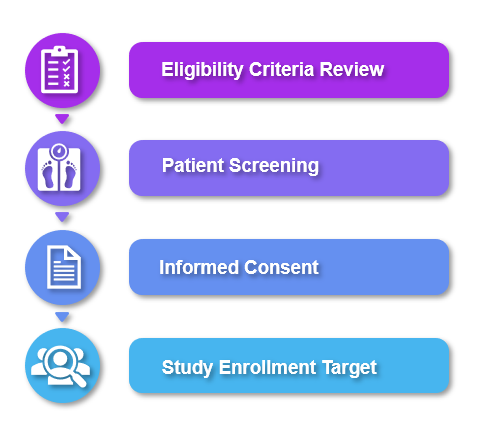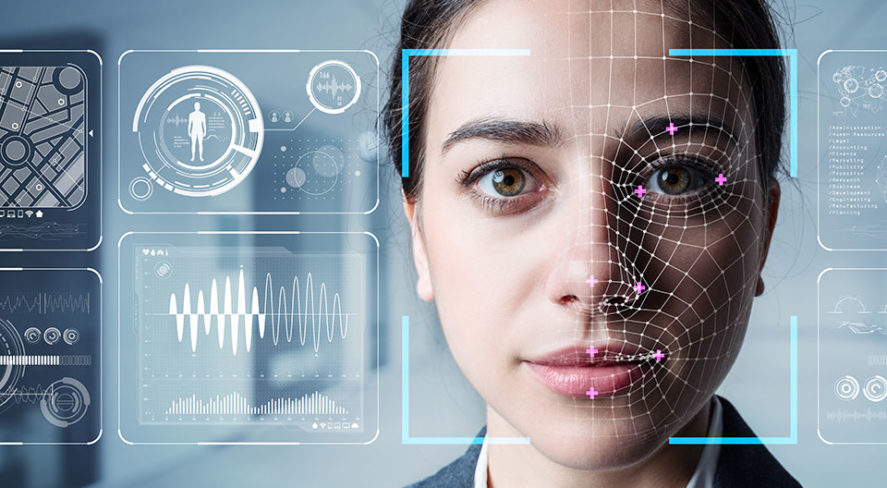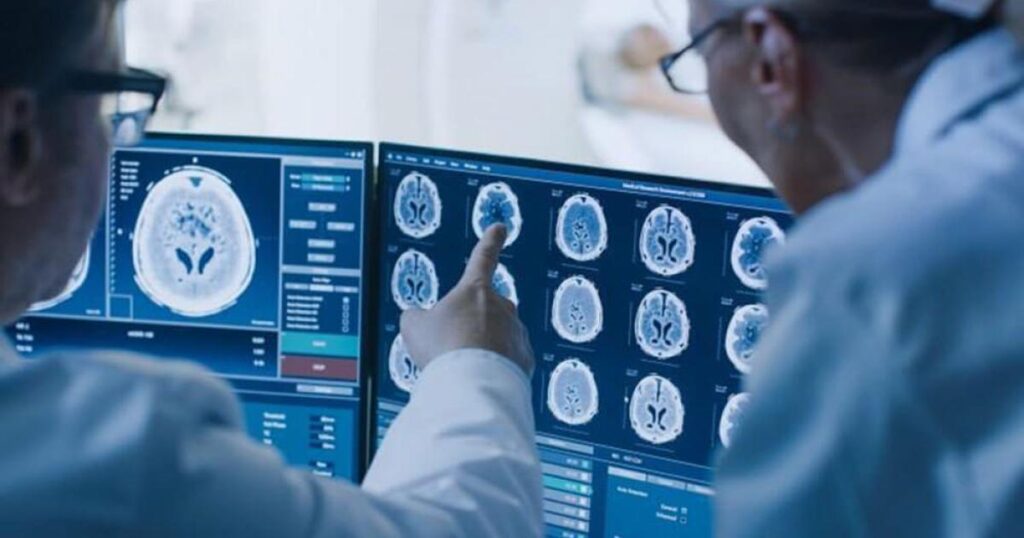
Current Landscape of Clinical Sites
Clinical trial sites around the globe are rapidly evolving with globalization, consolidation, technology adoption, patient-centricity, and regulatory changes. These trends are likely to continue shaping the industry in the years to come, as clinical trials become increasingly complex and global in scope. However, the fundamental problems faced by Clinical trial sites still remain unaddressed especially for completing subject screening to meet the enrollment targets for the study. This can be particularly difficult for trials that require a specific patient population or have strict inclusion and exclusion criteria.
For therapeutic areas like Oncology, Cardiology, Neurology and Rare diseases, Clinical trial protocols can be complex and may require multiple tests, assessments, or procedures to determine eligibility. With limited resources, including staff, equipment, and funding, clinical sites face difficulties to complete subject screening, especially if the trial has a tight timeline or is competing with other trials for subjects. Completing subject screening can be administratively burdensome for clinical trial sites, particularly when it comes to managing and tracking patient data, obtaining informed consent, and navigating regulatory requirements. The traditional approach to subject screening is time-consuming, expensive, and often results in low enrollment rates.

Contact us by submitting a business inquiry online. We will get back to you very soon.
How Can Artificial Intelligence (AI) be a Boon To Clinical Sites
Artificial intelligence (AI) has the potential to revolutionize clinical trial screening by facilitating eligibility criteria review, personalizing the informed consent process, identifying suitable trial subjects, and optimizing regulatory compliant study enrollment. In this blog, we will explore the use cases and different types of AI models that can be used for performing clinical trial subject screening, along with their risks, benefits, and implementation methods.
Let us look at five potential Areas where AI can be applied to various aspects of clinical trial subject screening.
- Identification of eligible subjects based on inclusion/exclusion criteria
- Prediction of subject enrollment and dropout rates
- Analysis of subject mood and emotions during pre-screening and actual study screening
- Detection of adverse events risks and other safety concerns based on information provided by patients
- Optimization of trial design and protocol based on screening outcomes
Each of these use cases requires different types of AI models and technologies, which we will discuss in detail in the following sections.
Artificial Intelligence – A Brief Overview
Artificial Intelligence (AI) is the ability of machines to perform tasks that would typically require human intelligence to complete. In other words, AI enables machines to think, learn and adapt like humans. AI is achieved through the use of algorithms and computer programs that can process large amounts of data, recognize patterns, and make predictions or decisions based on that data. There are several techniques used in Artificial Intelligence (AI). Let us look at some of the common ones that could transform subject screening:
Machine Learning or ML is a broader field of AI that involves building algorithms and models that enable computers to learn from data without being explicitly programmed. ML models can identify patterns in data and make predictions or decisions based on that learning. Think about the enormous amount of Electronic Health Records (EHR), pharmacy and claims data that is generated exponentially today. ML has the ability to crunch large volumes of unstructured data such as medical records, electronic health records (EHRs), and patient-generated data to determine patient populations in different geographies.
Deep Learning or DL is a subfield of ML that involves training artificial neural networks to perform complex tasks. These networks are modeled after the structure of the human brain, with layers of interconnected nodes that can learn to recognize patterns and features in data. DL models can be used for tasks such as image and speech recognition, natural language processing, and recommendation systems. There is a wealth of information that can be mined from medical images (x-rays, CT scans, MRIs, etc. biopsies, etc.) that can be interpreted fast and accurately for taking important medical decisions.
Natural Language Processing or NLP is an application of ML that focuses on the interaction between computers and human language. It involves processing, analyzing, and understanding natural language data, including speech and text, to derive meaning and insights. In simple words, NLP can actively listen to patients narrating or sharing their experiences and extract all useful information for determining clinical trial eligibility.
Computer vision is a field of AI that focuses on enabling machines to interpret and understand visual information from images, videos, and graphical illustrations. It can be used to assess physical examination findings, such as skin lesions or joint swelling, and classify them based on severity. The results obtained from the processed images will have accurate biometric information that will help investigators to take informed decisions on the patient’s trial participation.
Use Cases of Natural Language Processing (NLP), Machine Learning & Deep Learning for Clinical Trial Subject Screening
With the right combination of NLP, DL and ML models, artificial intelligence can revolutionize the complex, effort intensive and time consuming clinical trials subject screening process.
AI can be used to perform mood analysis on clinical trial subjects by analyzing the sentiment and emotion in their responses during interviews or through written surveys. The degree of truth in their responses can be assessed by comparing the sentiment and emotion analysis with the subject’s actual medical condition and history.
There are various AI models that can be used for mood analysis, including:
> Natural Language Processing (NLP) techniques such as sentiment analysis, which uses machine learning algorithms to identify and extract subjective information from text data. It can analyze written or spoken responses from patients during clinical trial screening and identify any red flags or concerns that may need further investigation.
> ML can help to assess the suitability of potential subjects based on their medical history and other relevant data.
> Emotion recognition using facial expression analysis, which uses computer vision technology to detect and classify emotions based on facial expressions.
> Voice analysis, which uses machine learning algorithms to detect emotional states based on changes in pitch, tone, and other vocal characteristics.
> Neural networks, which are complex algorithms that can learn to recognize patterns in data and make predictions based on those patterns.

By leveraging these AI models, clinical trial coordinators and investigators can gain valuable insights into the mood and emotional state of their subjects, which can help them to better understand the impact of the trial on the subject’s well-being, and potentially identify any issues or concerns that may require further investigation.
Let’s look at a practical example.
The traditional Visual Analog Scale (VAS) is a common tool used to assess subjective outcomes in clinical trials, such as pain intensity, quality of life, or mood. It typically involves asking patients to rate their experience on a scale from 0 to 10, where 0 represents no experience of the outcome and 10 represents the worst possible experience. However, this approach has several limitations, such as inter-observer variability, subjective interpretation, and limited granularity.
AI has the potential to transform the traditional VAS approach in several ways, including:
-
- Digital Collection of VAS data using mobile devices or web-based applications can improve the accuracy and reliability of the data by eliminating manual entry errors or biases.
- Automated Analysis of VAS data, such as by using machine learning algorithms can identify patterns or trends in the data over time, or to predict outcomes based on other clinical or demographic variables.
- Natural Language Processing (NLP) techniques can analyze the written or spoken responses of patients on VAS assessments and provide more detailed and nuanced information about their experience.
- AI image analysis techniques can analyze facial expressions or other physiological responses of patients on VAS assessments, which can provide additional insights into their experience.
- AI-based VAS responses provides more indepedent un-biased granualar assessments allowing Principal Investigators to provide personalized recommendations or interventions to improve patient outcomes.
In this manner, AI has the potential to transform the traditional VAS approach by providing more objective, accurate, and personalized assessments of subjective outcomes in clinical trials. However, it’s important to ensure that the AI models used for VAS are carefully validated. This kind of technology requires a lot of model training to increase its accuracy and precision.
Computer Vision – How it can be used in Subject Screening
Computer Vision, a subset of ML and DL has the capability to rapidly identify, analyze, and extract meaningful information from any type of visual content such as images, videos, graphical illustrations, etc. Overall, this technology can help improve the accuracy and efficiency of physical examination assessments and provide objective and consistent measurements for monitoring patient outcomes. Here are some examples of how computer vision technology can be used to assess physical examination findings and classify them based on severity and other medical criteria.
Applications with this AI technology will empower sites to:
> Analyze images of skin lesions and classify them based on severity, extent of disease spread, and other physiological characteristics. For example, a deep learning algorithm could be trained on a dataset of skin lesion images labeled by dermatologists to classify new images as benign or malignant, or to identify specific types of lesions such as melanoma or psoriasis.
> Analyze images or video of joint swelling and classify them based on severity, location, or other criteria. For example, a machine learning algorithm could be trained on a dataset of images or videos of joint swelling labeled by rheumatologists to classify new images or videos as mild, moderate, or severe, or to identify specific joints that are affected by the swelling.
> Analyze retinal images and classify them based on severity or type of abnormality. For example, a deep learning algorithm could be trained on a dataset of retinal images labeled by ophthalmologists to classify new images as normal or abnormal, or to identify specific abnormalities such as diabetic retinopathy or age-related macular degeneration.
However, it’s important to ensure that human oversight is maintained to ensure accurate interpretation of the results.

In clinical trial subject screening, computer vision technology can be used to automatically analyze medical images such as X-rays or CT scans to identify abnormalities or signs of disease. It could also be used to track patient movements or behaviors, such as monitoring gait patterns to detect changes over time. Additionally, computer vision could be used to analyze patient records or other data sources to identify potential candidates for clinical trials or to predict patient outcomes based on a range of factors.
How Does Computer Vision Work?
Computer vision is a field of artificial intelligence that enables computers to interpret and understand the visual world through digital images and videos. Computer vision algorithms generally work in the following way:
-
Image Acquisition: The first step in computer vision is to acquire, capture or import images or video from various sources, such as cameras, microscopes, or medical imaging equipment.
-
Preprocessing: It involves preparing the images or video for analysis, such as by adjusting brightness and contrast, reducing noise or artifacts, and applying filters or other enhancements. The acquired image or video is then preprocessed to correct for any distortions or noise that may affect the accuracy of the analysis. This can include techniques such as filtering, color correction, and geometric transformation.
-
Feature Extraction: Once the image or video is preprocessed, computer vision algorithms identify relevant features of the image, such as edges, corners, and shapes. This process involves using mathematical and statistical techniques to analyze the image and identify patterns.
-
Object Recognition: Once the relevant features are identified, computer vision algorithms compare them to a database of known objects or patterns to recognize what the image or video is depicting. This can involve techniques such as template matching, classification, and clustering by comparing identified features to known templates or models.
-
Tracking and Localization: This component involves tracking and localizing objects or regions over time or across frames, such as by using motion estimation algorithms or machine learning models.
-
Postprocessing: This component involves refining the results of the analysis, such as by combining multiple sources of information, removing false positives or negatives, or improving the accuracy or reliability of the results.
-
Interpretation: Finally, the computer vision system interprets the results of the analysis and presents them to the user in a way that is meaningful and useful. This can include identifying specific objects or patterns within the image, detecting anomalies or abnormalities, or tracking the movement of objects over time.
Overall, computer vision relies on a combination of mathematical and statistical techniques to analyze images and videos, identify relevant features, and interpret the results of the analysis. The accuracy and effectiveness of computer vision algorithms depend on the quality of the input data, the complexity of the analysis required, and the sophistication of the underlying algorithms.
Some of the benefits of using computer vision for clinical trial subject screening include:
- Improved accuracy and consistency of physical examination findings.
- Reduction in the time and cost associated with traditional screening methods.
- Ability to analyze and interpret visual data that may be difficult for humans to detect.
Risks of Using AI for Subject Screening
There are several risks and benefits associated with using AI models for clinical trial subject screening. Some of the risks include:
Data Privacy: AI models require large amounts of data to be trained effectively. This can raise concerns about data privacy and confidentiality.
Bias: AI models can be biased if they are trained on datasets that are not representative of the population.
Lack of Human Interaction: AI models may lack the human interaction that is necessary for building trust with patients.
Limited Generalizability: AI models may not be generalizable to different populations or therapeutic areas.
Practical Advantages of Using AI for Subject Screening
Despite these risks, there are several benefits to using AI models for clinical trial subject screening. AI can offer several practical advantages to Principal Investigators and Site Personnel for performing subject screening in research studies, including:
-
Efficiency: AI algorithms can quickly and accurately screen large numbers of potential study participants, reducing the time and resources needed to identify eligible subjects.
-
Objectivity: AI is not influenced by personal biases or preconceptions, which can lead to more accurate and unbiased screening decisions.
-
Consistency: AI can consistently apply the same screening criteria to all potential study participants, reducing the risk of human error and ensuring that all subjects are evaluated fairly.
-
Customization: AI can be trained to recognize and prioritize specific study criteria, enabling researchers to focus on the most important factors in subject selection.
-
Scalability: AI can be used to screen subjects across multiple studies and research sites simultaneously, enabling researchers to identify eligible subjects more quickly and efficiently.
-
Reduced Burden: AI can reduce the burden on study staff by automating the screening process, allowing them to focus on other important study tasks.
In the next few years, AI has tremendous potential to streamline and improve the subject screening process, ultimately leading to more efficient and successful research studies.
What the Future Holds
There is a growing interest in the use of artificial intelligence (AI) for clinical trial subject screening, and it is predicted that this trend will continue to grow in the future. One major advantage of AI in subject screening is its ability to analyze large amounts of data quickly and accurately, potentially identifying eligible subjects more efficiently than traditional screening methods. AI algorithms can also be customized to specific study criteria, improving the accuracy of subject selection and reducing the risk of human error. Additionally, the use of AI in subject screening can reduce the burden on study staff, freeing up time for other important study tasks.
As AI technology continues to evolve and improve, it is likely that its use in clinical trial subject screening will become more widespread. However, it is important to note that AI should not be viewed as a replacement for human expertise and judgment. Rather, it should be seen as a tool that can be used in conjunction with traditional screening methods to improve the efficiency and accuracy of subject selection.
Currently, there are no specific regulations that govern the use of artificial intelligence (AI) in clinical trial subject screening and enrollment. However, regulatory bodies such as the US Food and Drug Administration (FDA) and the European Medicines Agency (EMA) have issued guidance and recommendations related to the use of AI in clinical trials.
In 2019, the FDA released a discussion paper on the use of AI and machine learning in medical devices, which included recommendations on the development and validation of AI algorithms. It emphasizes the need for transparency, interpretability, and reproducibility of AI algorithms, particularly in medical device development.
Similarly, the EMA released a reflection paper in 2020 on the use of AI in drug development, which highlights the importance of ensuring that AI models are validated and fit for purpose, and that the data used to train AI models are of high quality and appropriate for the intended use.
Additionally, ethical considerations surrounding the use of AI in clinical trials have been discussed in the literature, particularly related to issues such as informed consent, privacy, and bias. It is important for researchers and sponsors to consider these ethical considerations when using AI in clinical trial subject screening and enrollment.
Useful References
|
Agency |
Document Name |
Summary |
Publication Year |
|
FDA |
Outlines the FDA’s approach to regulating AI/ML-based SaMD, including how the agency plans to encourage innovation and promote patient safety. |
2021 |
|
|
FDA |
Provides guidance on how the FDA intends to regulate clinical decision support software, including software that uses AI/ML. |
2017 |
|
|
EMA |
Offers guidance on the development of medicinal products containing nanomaterials, including those that use AI/ML. |
2017 |
|
|
EMA |
“Guideline on good pharmacovigilance practices (GVP) – Module VI” |
Provides guidance on pharmacovigilance practices, including how to monitor the safety of products that use AI/ML. |
2017 |
|
MHRA |
“Regulatory considerations for software as a medical device (SaMD)” |
Offers guidance on regulatory considerations for SaMD, including those that use AI/ML. |
2019 |
|
Health Canada |
Provides guidance on the regulation of SaMD, including those that use AI/ML. |
2019 |






